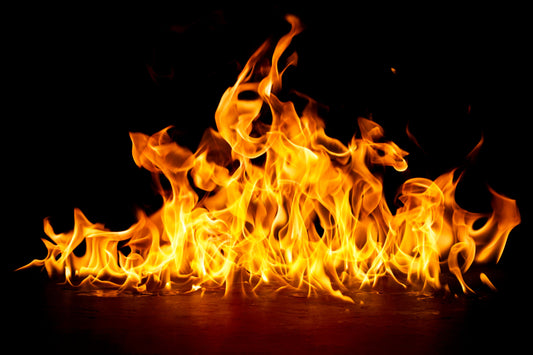Master the Science of Flame Retardancy: Optimal Selection and Testing

Courses Included in this Bundle


Cone Calorimeter: Quantifying Easily Flammability & Heat Release Rate
By T Richard Hull Recorded on: 29 Oct 25
Flame Retardant Behavior Characterization in Practice
By T Richard Hull Recorded on: 02 Sep 25Package Includes
6 months access to Course Recording, Presentation Slides, Q&A Transcript
Bundle Description
This specialized bundle provides essential knowledge on flame retardancy for plastics, covering the optimal selection of halogen-free flame retardants, practical flame retardant behavior characterization, and advanced testing methods like Cone Calorimeter for assessing flammability and heat release rates. Learn how to enhance your plastic formulations with the right additives to improve their fire safety performance.
Why should you view this bundle ?
This bundle is meant for ?
-
This course is suitable for intermediate level proficiency
Intermediate
What you can achieve with this bundle
Complete your Learning with this bundle
Course 1

Halogen-free Flame Retardants: Optimal Selection for Better Performance
By T Richard HullSee Course Summary
Get a grip over your flame-retardant selection strategies by learning about halogen-free alternatives (phosphorus, silicates...) their chemistries & problems with currently available commercial technologies to incorporate for your polymer, adhesives, sealants and coatings applications.
T Richard Hull will help you understand the impact of FR (loading %, toxicity level...) on different polymers and the environment. He will also lay focus on polymer decomposition & FR activity, gas phase flame retardants, cone calorimetry, intumescence and more.
Course Outline
- Module 01:
- Module 02:
- Module 03:
- Module 04:
- Module 05:
- Module 06:
- Module 07:
- Module 08:
Course 2

Cone Calorimeter: Quantifying Easily Flammability & Heat Release Rate
By T Richard HullSee Course Summary
Pre-select more efficiently flame retardants that can enable you to pass regulatory tests with an improved use of cone calorimeter to assess flammability performance.
Parameters affecting cone calorimeter results & interpretation of heat release curves will be discussed using real-life cases. It will lead to a reliable evaluation of material behavior under various heating conditions.
Course Outline
- Module 01:
- Module 02:
- Module 03:
- Module 04:
- Module 05:
- Module 06:
Course 3

Flame Retardant Behavior Characterization in Practice
By T Richard HullSee Course Summary
Characterize the behavior of Flame Retardants by understanding quantitative analysis (LOI, UL 94...) for traditional & alternative FRs and get an insight into new/emerging techniques.
Richard Hull will help you choose the right characterization method (Cone Calorimeter, TGA, Char & Residue Analysis...) for different flame retardant technologies. Experimental parameters (size of sample, T°C…) will be discussed for finer data interpretation.
Course Outline
- Module 01:
- Module 02:
- Module 03:
- Module 04:
- Module 05:


